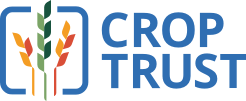Like a Spike in a Haystack
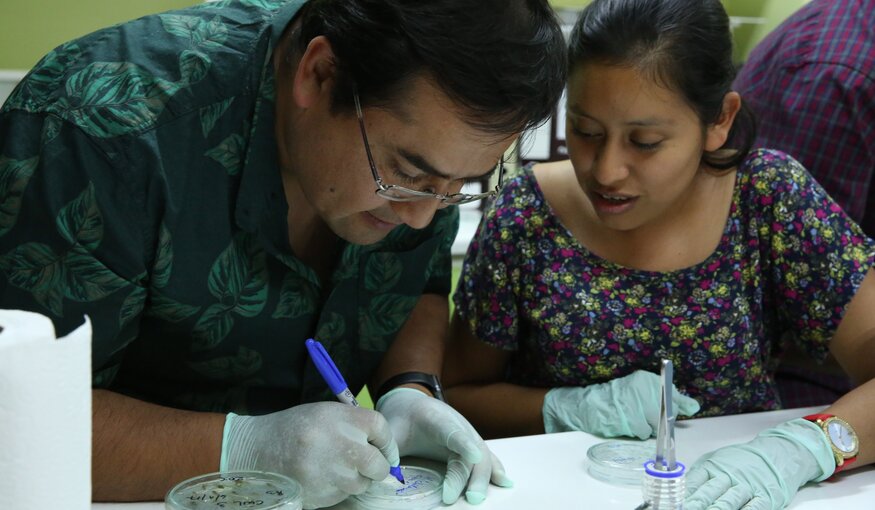
27 February 2017
Como Una Espiga en un Pajar: A Course on Collecting, Processing and Conservation of Crop Wild Relatives
16 dedicated participants from Guatemala, Costa Rica, Ecuador, Peru, Brazil and Chile convened in Chile this January to learn best practices for collecting and conserving crop wild relatives. Hosted by INIA Chile in their Vicuña Experimental Station and led by the Millennium Seed Bank, Kew Gardens, the workshop combined theory, laboratory practicals, field exercises and just plain fun. We invite you to read the latest project blog in Spanish, "Como Una Espiga en un Pajar" and view the image gallery below, which highlights the course from beginning to end.
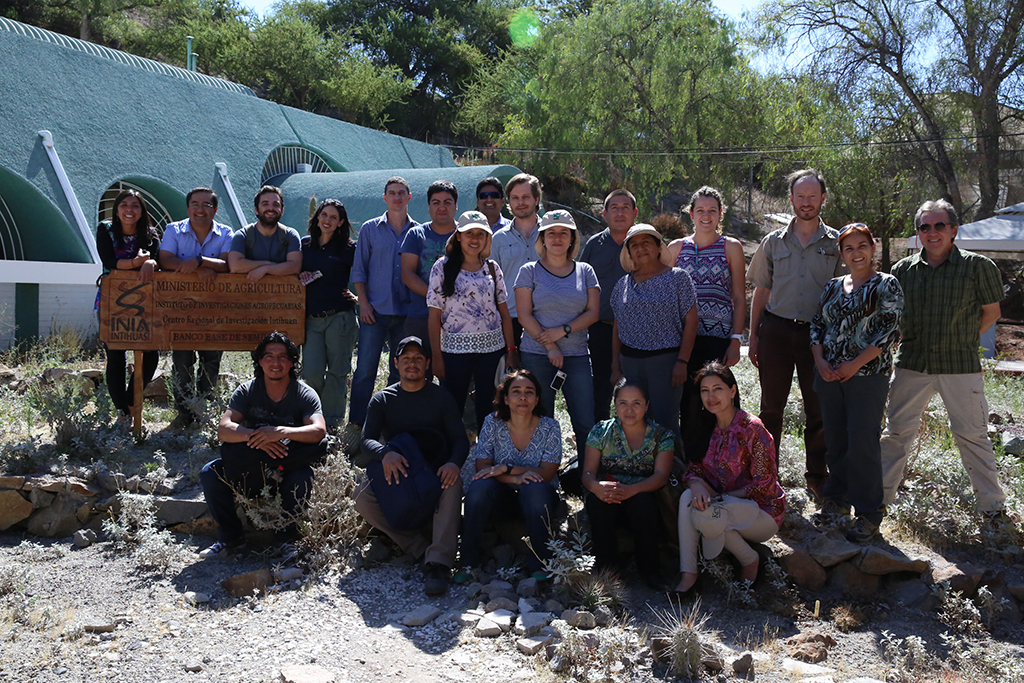
The course brought personnel from 6 Latin American partner organisations to strengthen their activities in the collection and conservation of Crop Wild Relatives. The course was organized by Royal Botanic Gardens Kew and the Crop Trust, and hosted by Agricultural Research Institute (INIA) Chile at the base seed bank in Vicuna, Fourth Region, from 9th to 13th January 2017.
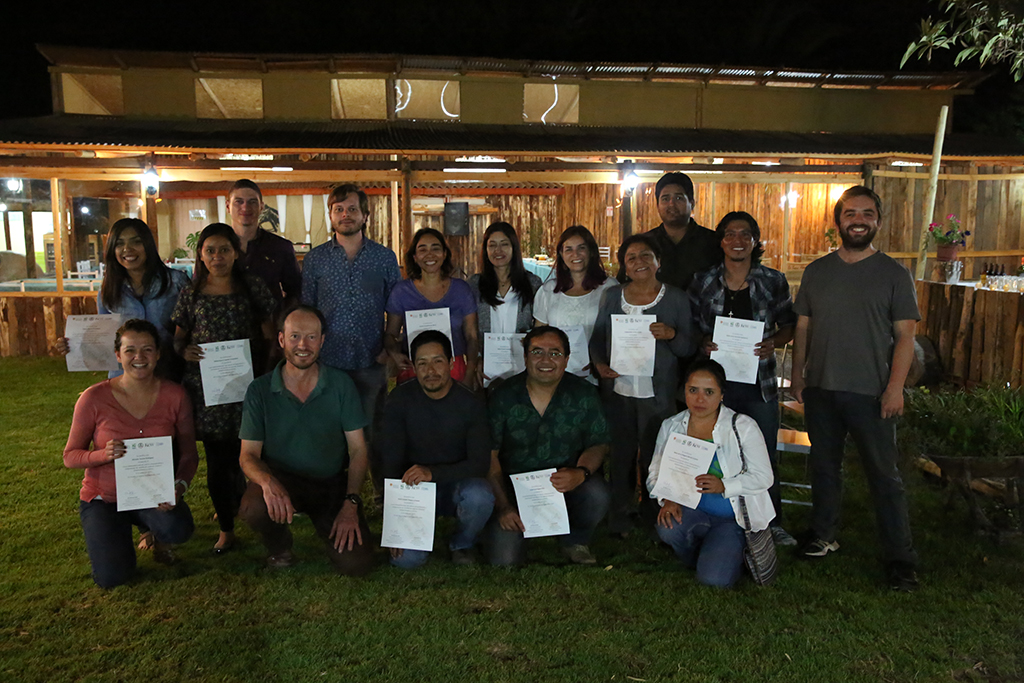
The participants received their certificates on the final evening of the course. The knowledge and skills that they have learnt will directly support the achievement of the Crop Wild Relative project in their countries, and will also help to strengthen the seed conservation activities at their home organisations.
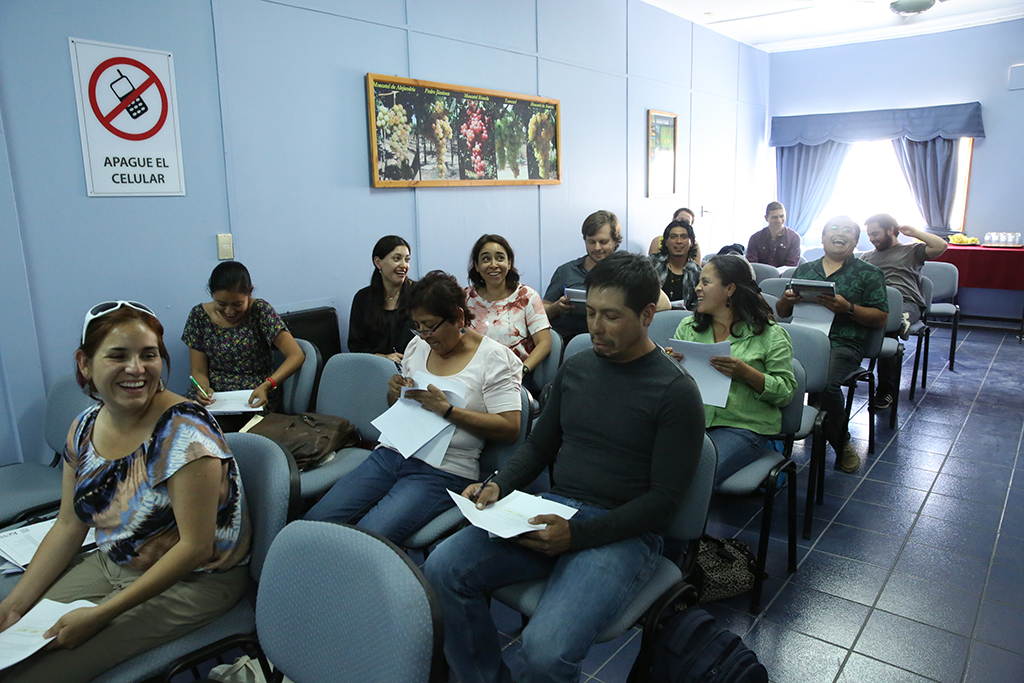
On the final day the participants were given a written assessment covering the most important elements of the theory and practice covered on the Course. This is an informal but very effective way to reinforce and sustain the learning during the week and the organisers were happy that there was a high level of correct answers!
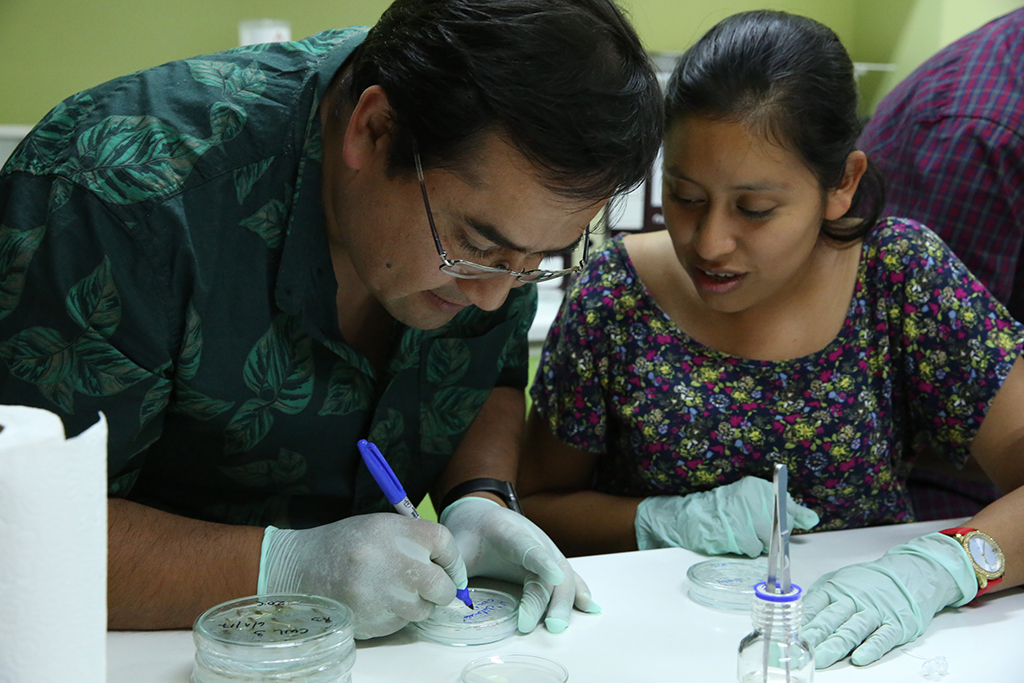
To be sure that a seed collection is viable, a sample of seeds are placed in Petri dishes with sufficient moisture and warmth to enable seed to germinate. Here participants are setting up a germination test for a sample of Hordeum seeds.
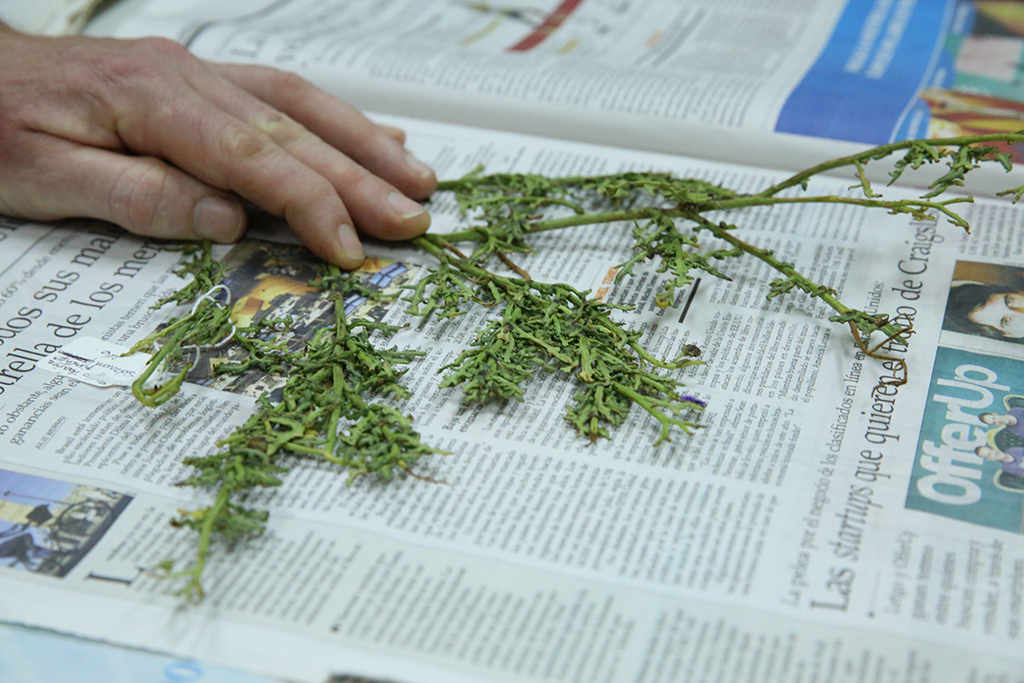
The pressed plant ('herbarium') specimens also need to be reviewed immediately after the fieldwork. The group checked that all specimens were complete and correctly labelled, then replaced the newspaper and prepared a set of specimens for oven drying. Rapid drying preserves the key features that will be used by taxonomists to check the name of the plant.
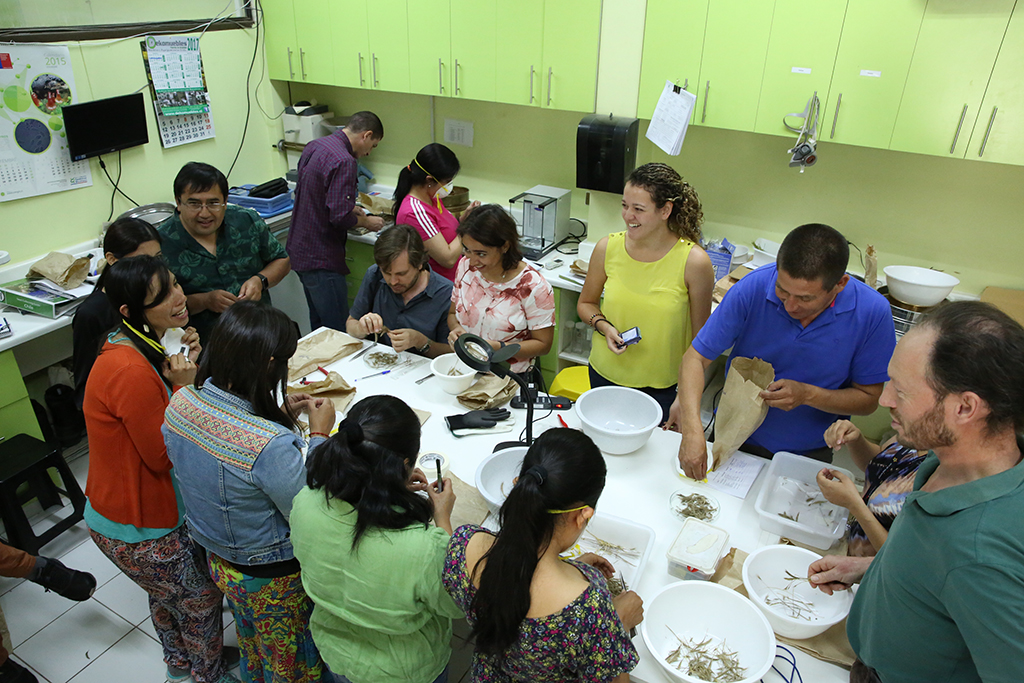
Following the two field days the participants examined the fresh seed collections and selected the un-ripe spikes of Hordeum pubiflorum for an additional period of ripening in the seed lab. The equipment in the INIA seed lab was essential to assess the physical quality of seeds at this stage of processing.
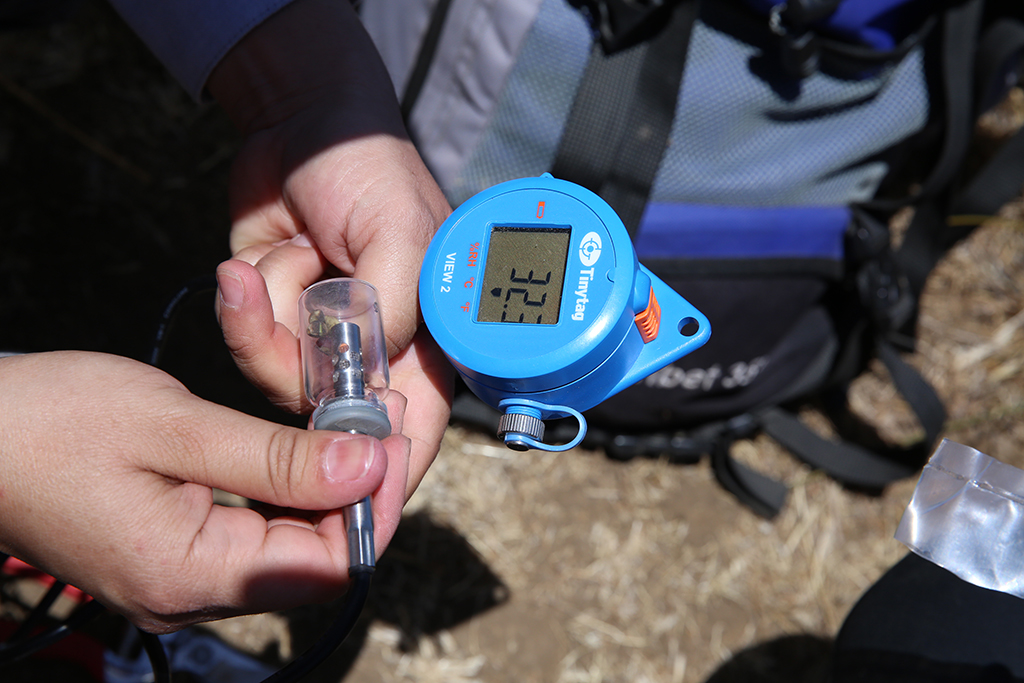
It is recommended to take a portable hygrometer into the field in order to check the moisture status of potential seed collections. Large seeds of a native Convolvulaceae were confirmed as fully hydrated, so care would need to be taken with handling and drying.
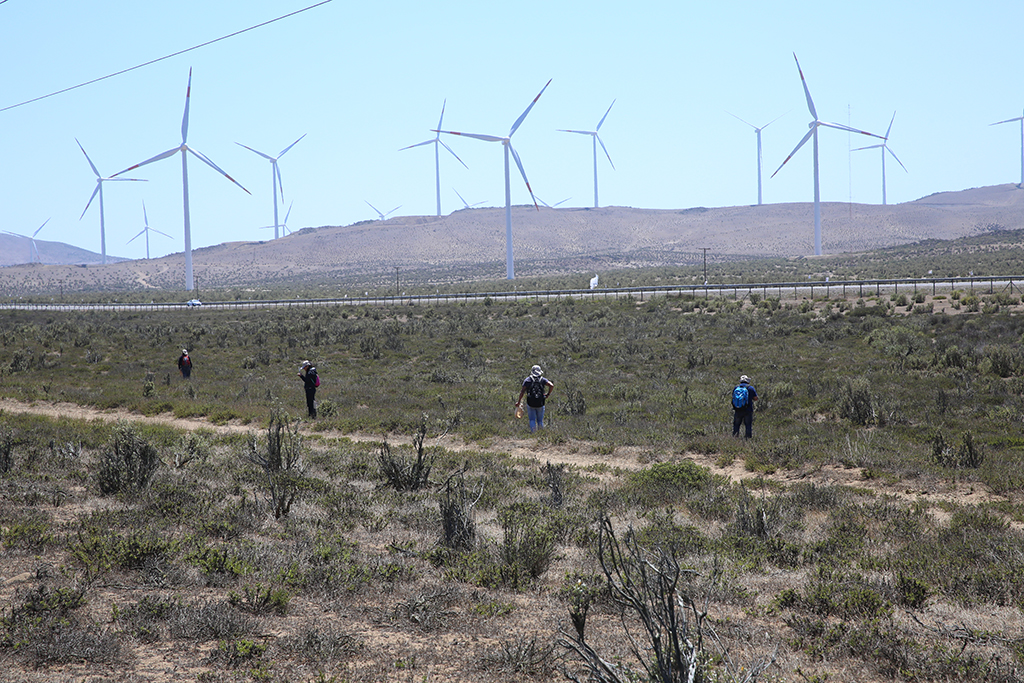
On the second field day, the group re-located a large population of Hordeum chilense on a plateau close to a wind farm at Talinay. Participants spread out to follow individual transects which together formed an efficient grid pattern for sampling genetic diversity from the population.
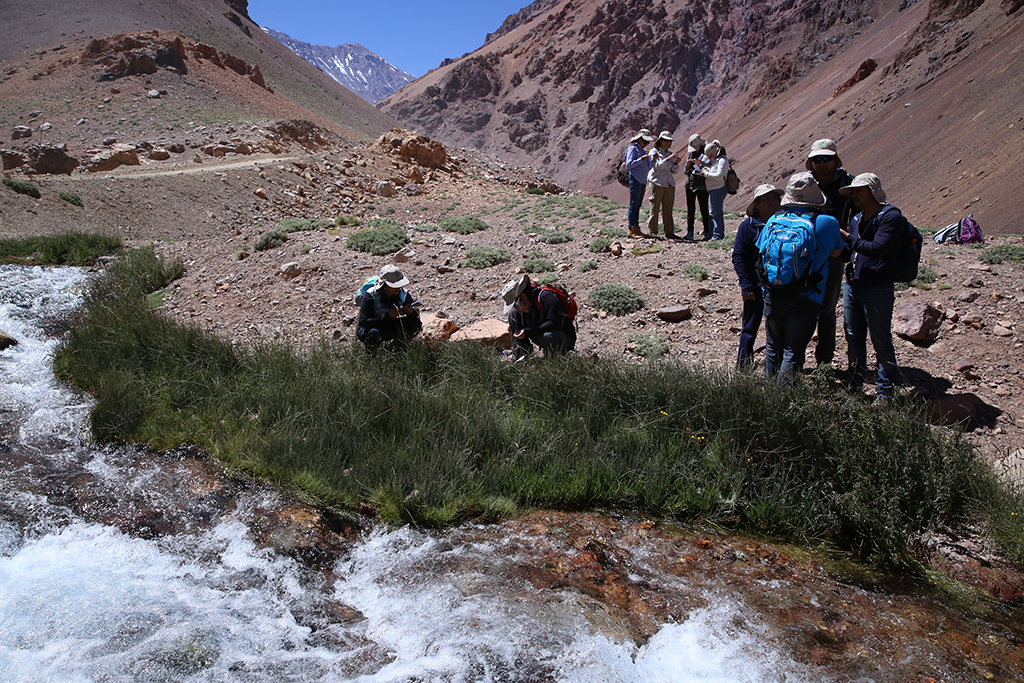
It is important to identify the target species before collection, this is a job that everyone can assist with. Following intensive identification work, our Hordeum was confirmed as H. pubiflorum which occurs in southern Chile and Argentina and is an important Crop Wild Relative.
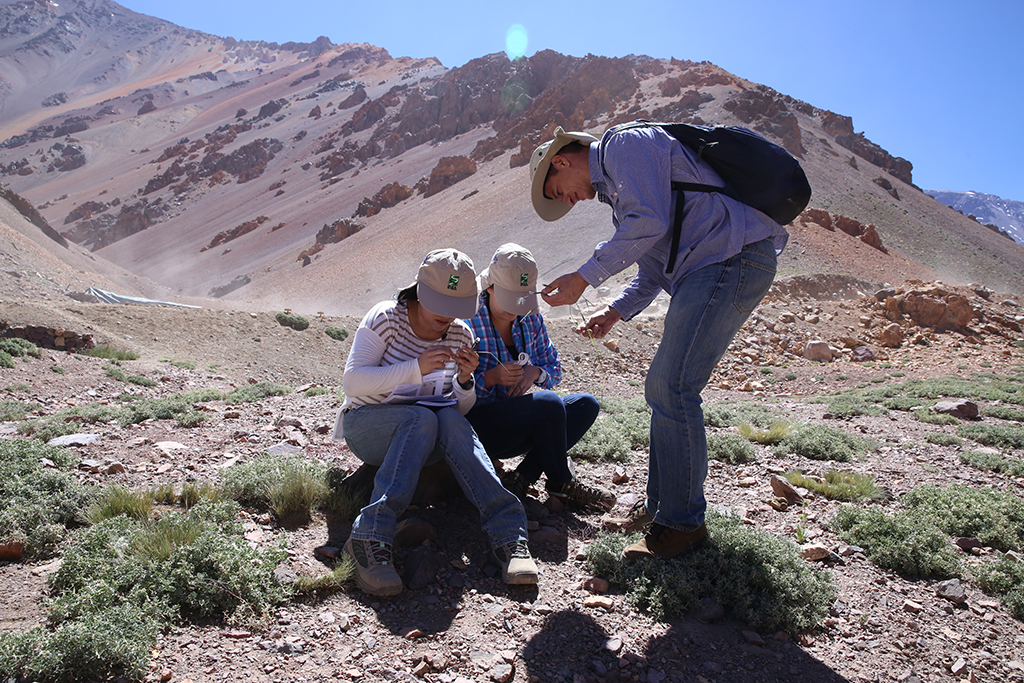
It is important to identify the target species before collection. This is a job that everyone can assist with. Following intensive identification work, our Hordeum was confirmed as H. pubiflorum which occurs in southern Chile and Argentina and is an important Crop Wild Relative.
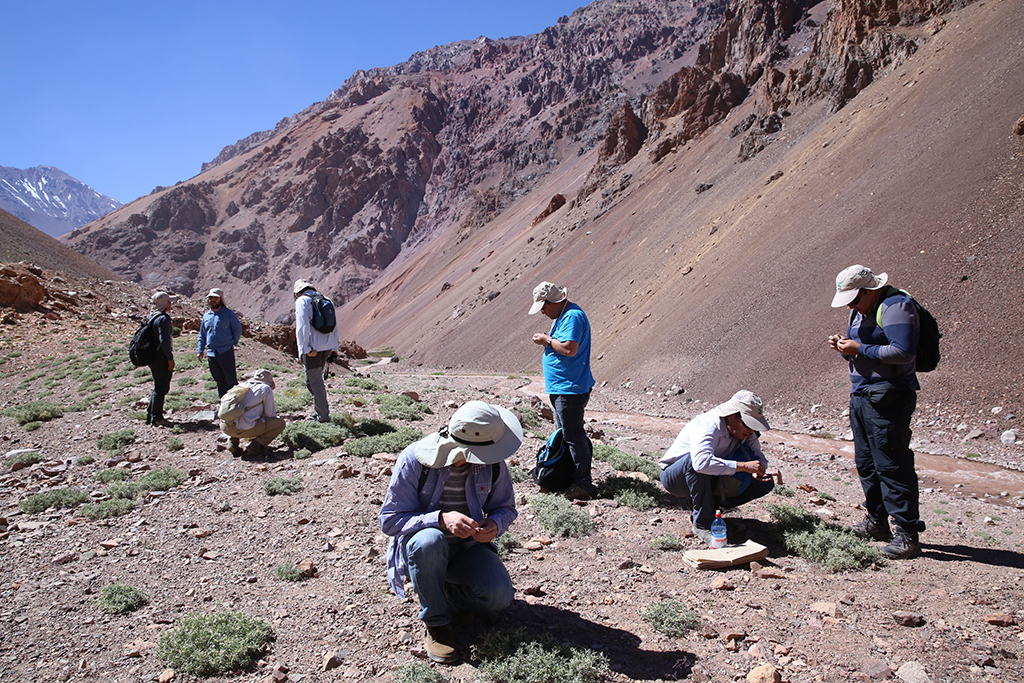
It is important to identify the target species before collection, this is a job that everyone can assist with. Following intensive identification work, our Hordeum was confirmed as H. pubiflorum which occurs in southern Chile and Argentina and is an important Crop Wild Relative.
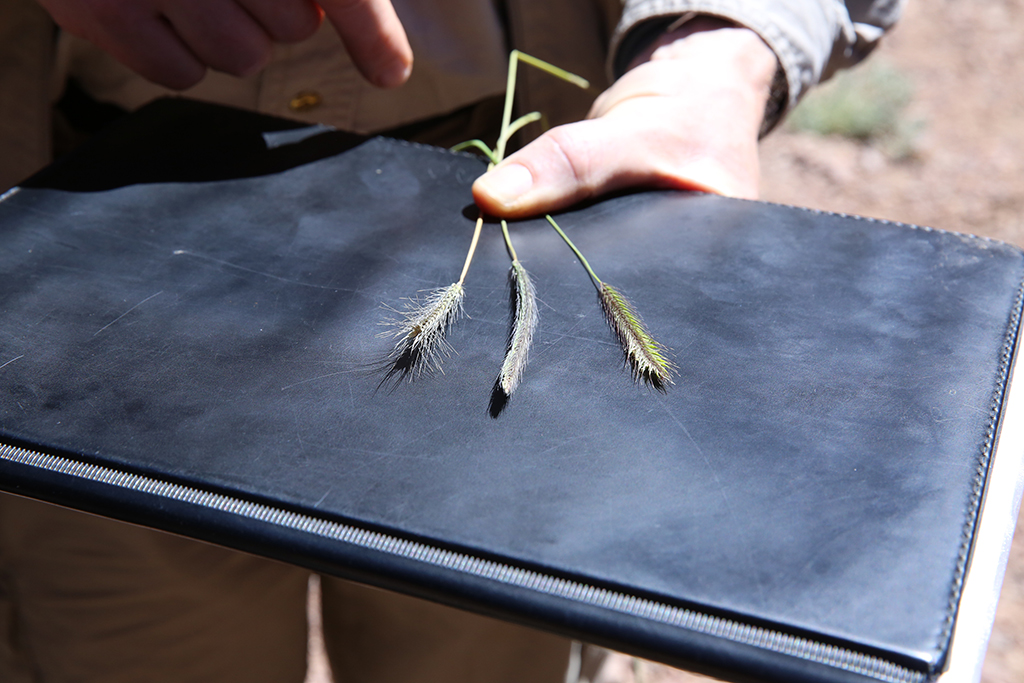
As this Hordeum species matures and prepares to disperse its seeds, the awns projecting from the spike become more prominent and the stems change color from green to brown. Participants separated the unripe spikes for careful post-harvest handling.
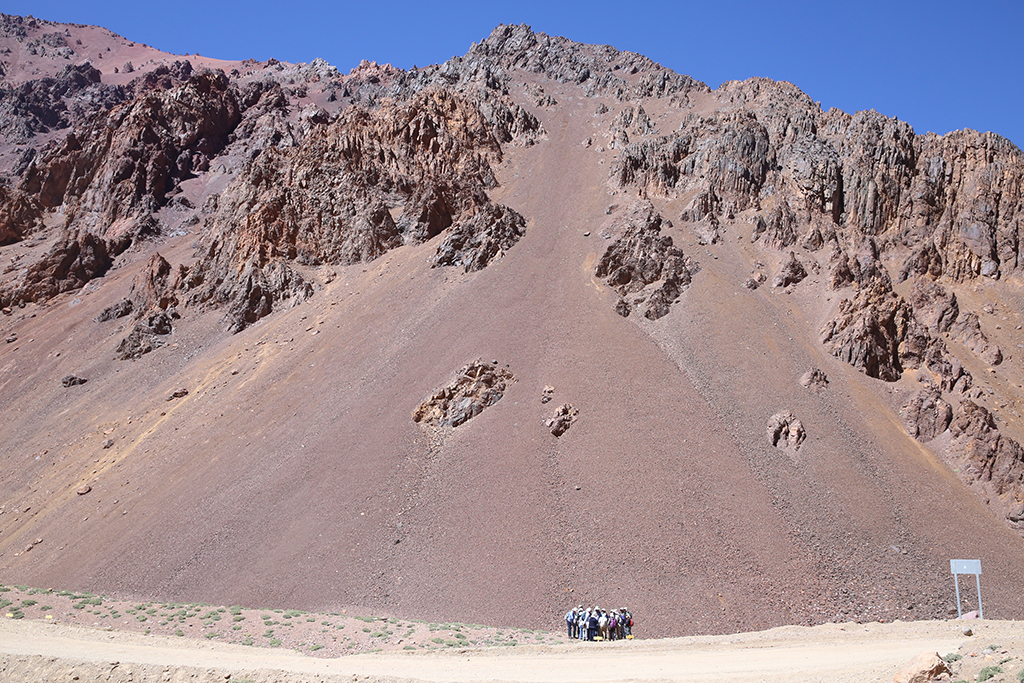
A hired coach took us east of Vicuna towards the border with Argentina in the high Andes, at around 3500m elevation. Participants were able to locate wild Hordeum plants beside the mountain stream and to start the careful assessment for collecting.
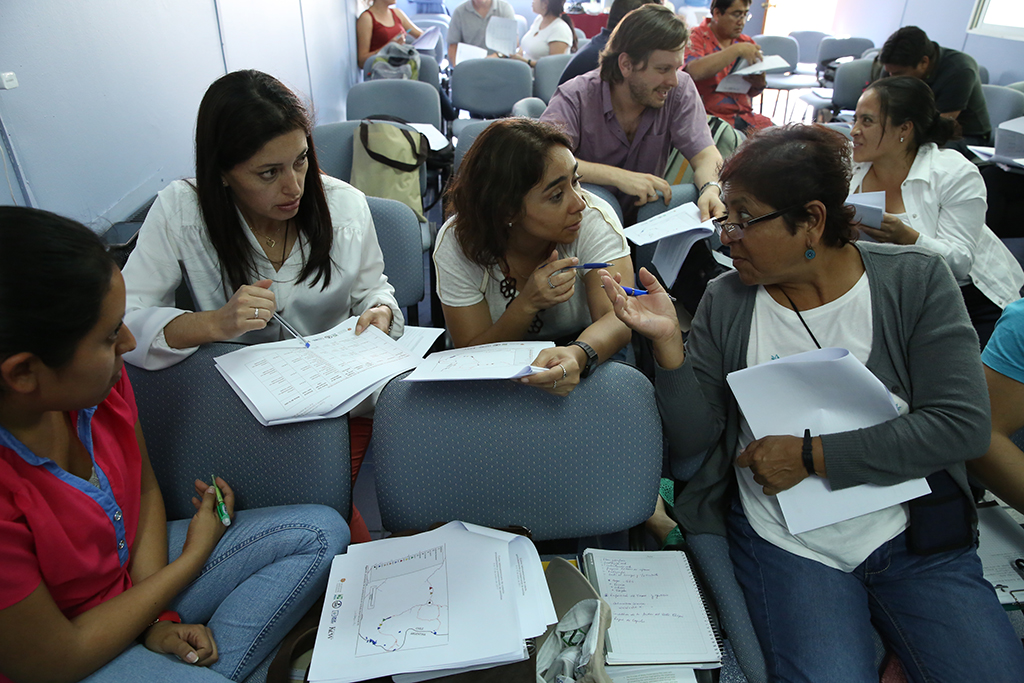
Using maps and details of the abundance and seeding of target species recorded during the scoping visit, participants worked in small groups to develop a potential itinerary that would be effective. After each group had exchanged their ideas, Sergio Ibanez described the preferred plan developed by the organisers for the two field days.
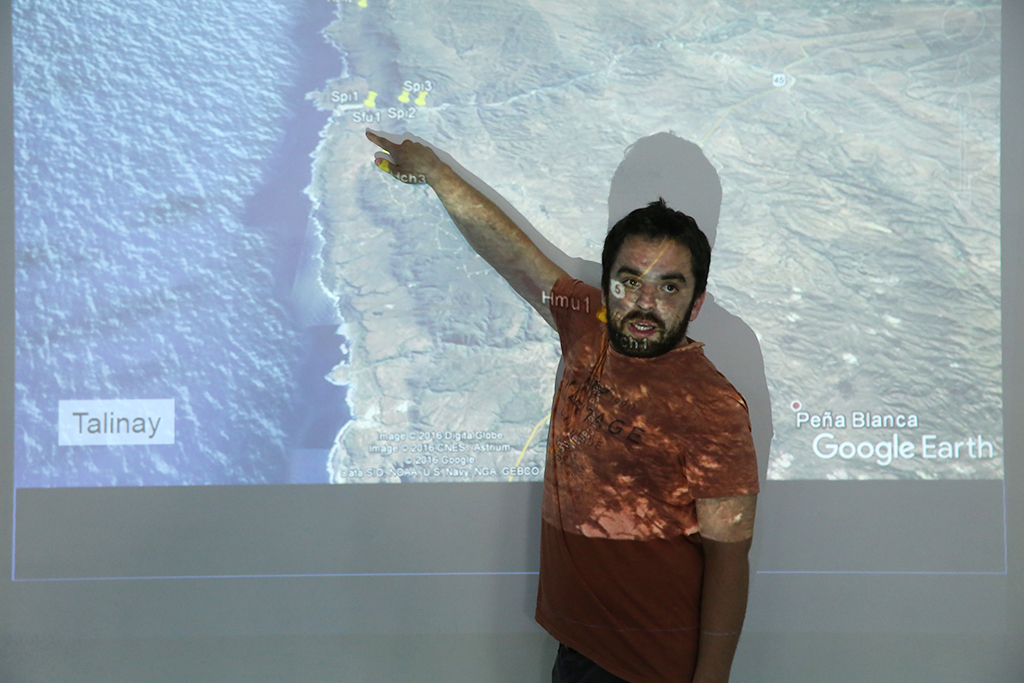
The INIA Chile collector for the CWR project, Sergio Ibanez, shows participants one of the two locations that had been carefully assessed for suitability for a collecting visit. The wild relatives of Hordeum (barley) and Solanum (tomato, potato and eggplant) had been located within reach of Vicuna.
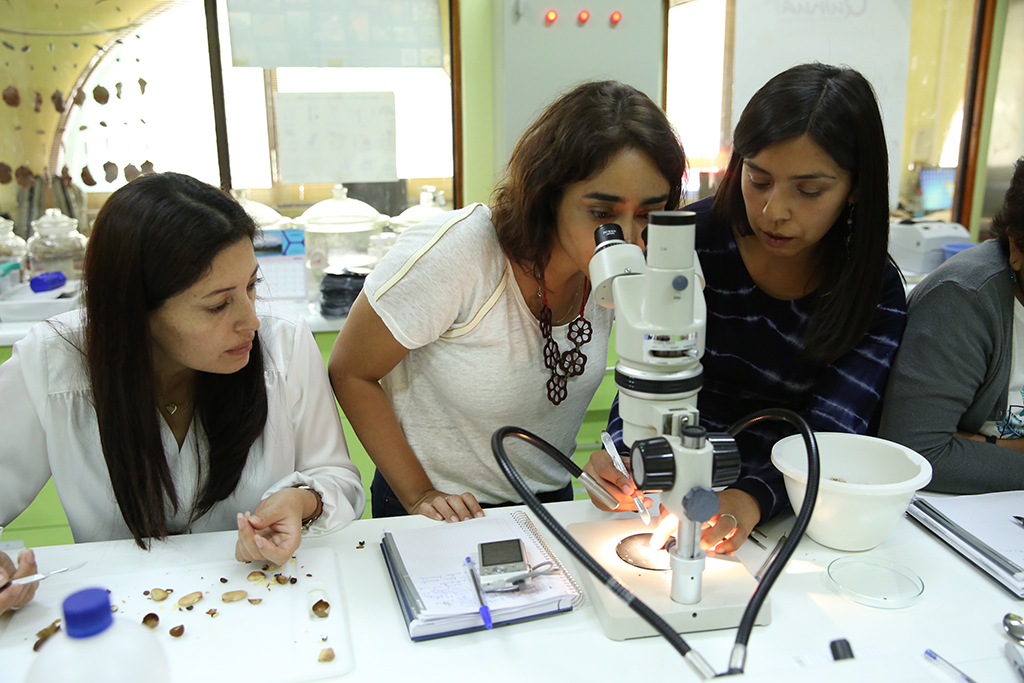
Participants carried out 'cut tests' on samples of seed to assess the physical quality of seed. It is helpful to develop confidence in cut testing and review of seeds under the seed lab microscopes before the fieldwork.
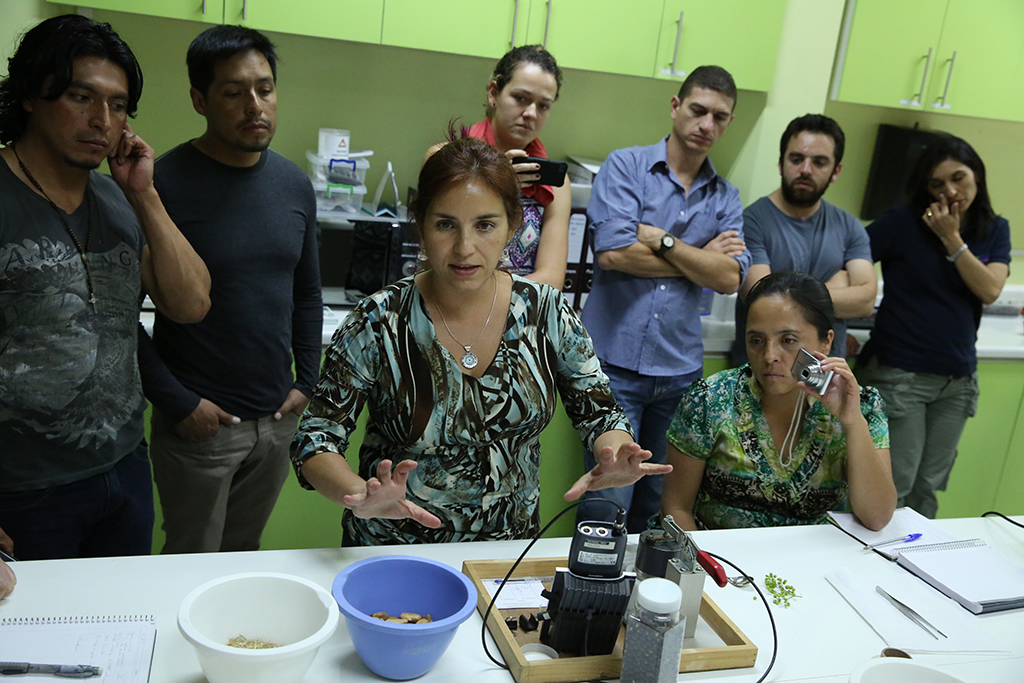
Using the hygrometers at the INIA seed lab, seed biologist Ana Sandoval demonstrates how to assess the moisture of seeds by measuring the relative humidity of the air that is in equilibrium around the seed sample. This is a fast, non-destructive test that all partners are encouraged to adopt.
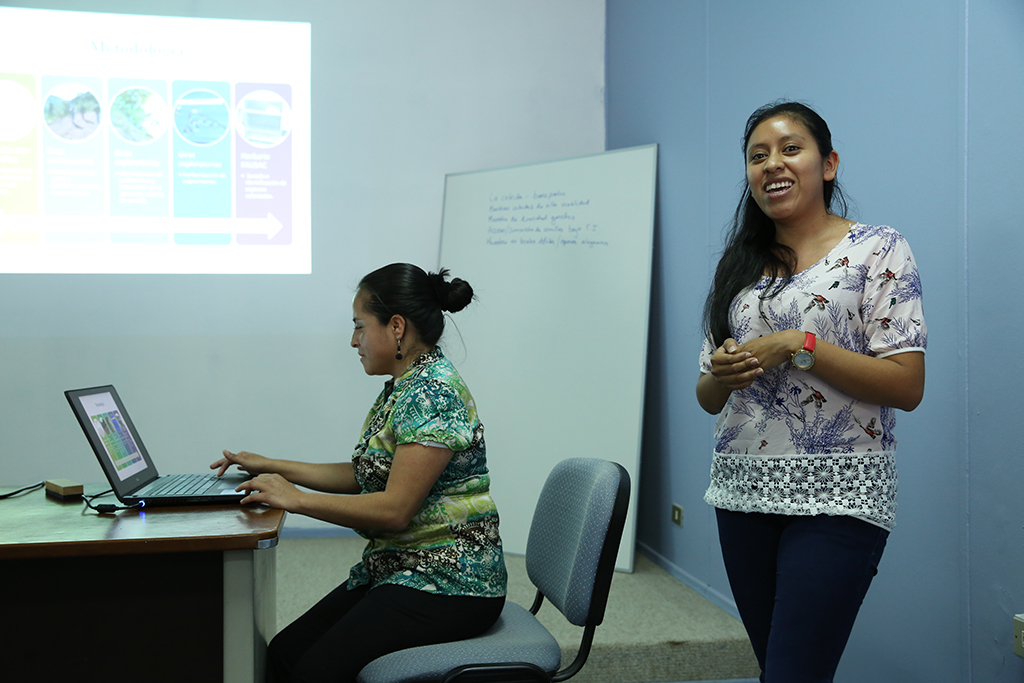
On the first day each participant gave a short description of their organisation and their expectations for the course. Here scientists from ICTA Guatemala describe their work.
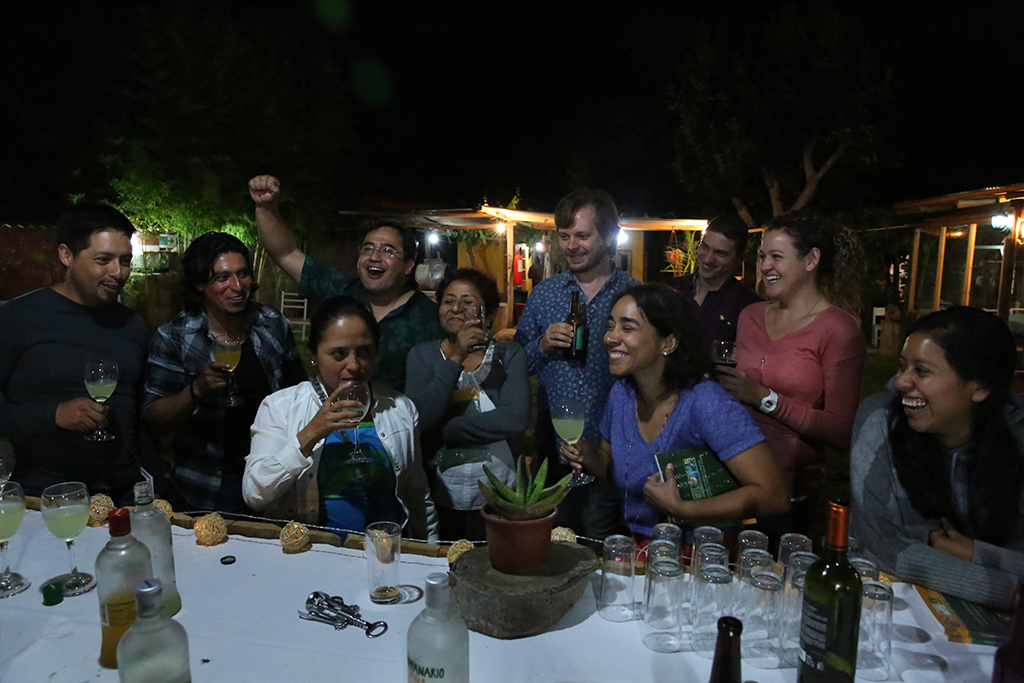
It was time to celebrate the achievements of the Course and to wish the other participants well on the travel home to their countries. The local Pisco, for which the Elqui Valley is well recognised, was particularly welcome. Copies of the INIA seed collecting manual were also shared with all participants.
Categories: Crop Wild Relatives, Genebanks, Sustainable Agriculture
